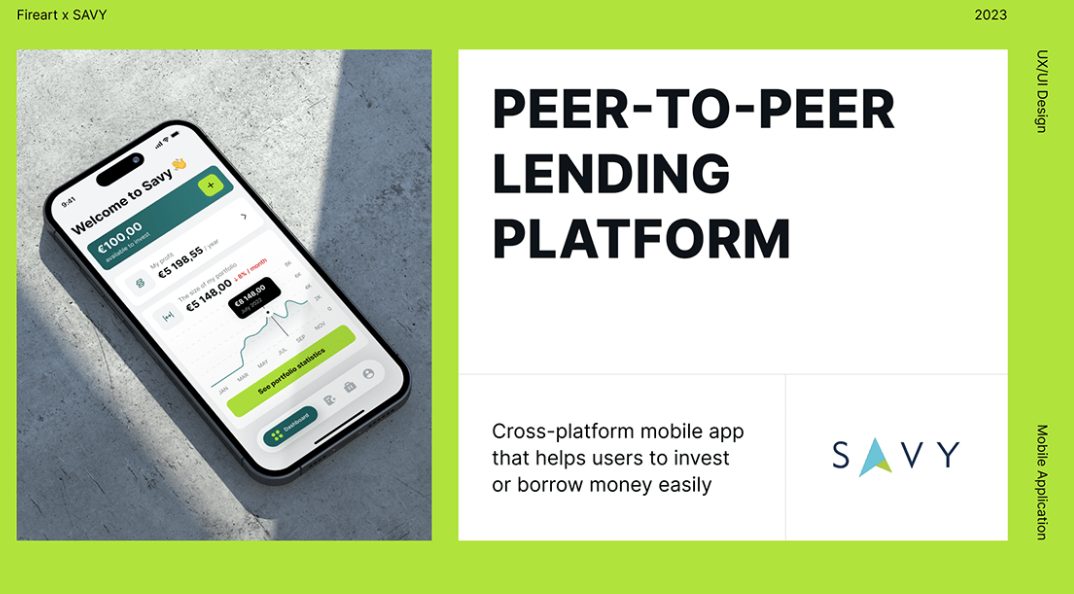Pros & Cons of React Native for Your Project Development
React Native is a technology used in thousands of mobile apps, including those from the most popular established Fortune 500 organizations such as Tesla, Bloomberg, Facebook, Instagram, Pinterest, Airbnb, Skype, Uber Eats, etc. React Native is one of the most preferred cross-platform app development frameworks. If you want to use it in your project development, discover React Native pros and cons to approach your platform development more reasonably.

What is React Native?
Is React Native good and why React Native used for mobile apps now so widely? The popular JavaScript-based mobile app framework known as React Native (also referred to as RN) allows you to construct natively rendered mobile apps for iOS and Android. The framework enables you to create an application using the same codebase for both platforms.
Following the release in January 2015, Facebook formally introduced React Native during the F8 conference in March 2015. Based on React Native, Facebook has a JavaScript toolset for developing user interfaces, which targets mobile platforms rather than browsers. Thus, it has soon become one of the most popular and effective development platforms for creating genuine, natively rendered mobile apps for iOS and Android.
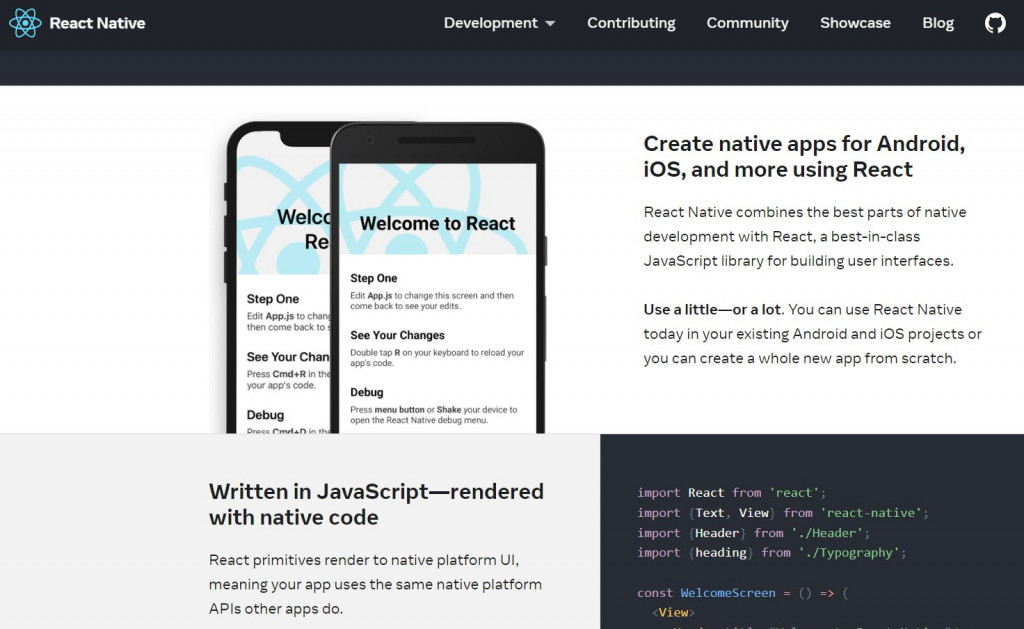
Benefits of Using React Native for Your Project
What are the React Native advantages and disadvantages? Developers of all skill levels favor it since it is quick, adaptable, and simple for your product design. In turn, you need to focus on React Native advantages for achieving your business goals too.
Rich environment
Since JavaScript powers React Native, most developers who are familiar with that language find using it to be rather simple. Meanwhile, its rich environment encourages innovation, speeds up development, and provides opportunities to create ultimate feature-rich, user-friendly apps quickly. This is one of the top benefits of React Native. With the help of this framework, your programmers can easily create apps that run on both the iOS and Android platforms and add any innovative features, saving you time, effort, and money. That’s why React Native has a bright future and remains so popular among innovative companies.
Talent access
The popularity and strong ecosystem of the framework are largely due to the dynamic and quickly expanding React Native developer community. This robust ecosystem encourages knowledge exchange, offers a wealth of resources, and actively participates in the creation of new tools and libraries. You’ll have better and wider access to talents, more help for troubleshooting, and a variety of ready-made solutions that can quicken development cycles as a result.
Reusable code
The main benefit of React Native is that it goes away with the requirement for developers to create some separate apps for Android and iOS. The efficiency and speed of development are improved. 90% or more of the code can be reused across the two platforms. As a result, you benefit from a shorter time to market and require less maintenance.
Shorter time-to-market
Building Minimum Viable Products (MVP) is an area where React Native excels. To quickly launch and test an MVP in the market, you can take advantage of React Native’s rapid development and code reuse.
This allows businesses to acquire insightful customer input and test concepts early on, enabling incremental improvements and wise decision-making. Businesses may employ their resources more effectively and evaluate the viability of their creative concepts thanks to MVPs’ quicker time-to-market.
Lower cost of app development
Is React Native good for mobile app development? Sure, because it lowers the production costs. React Native is the ideal technology to reduce development expenses while maintaining native-like performance and flexibility in the user experience.
A few years ago, developing an app took a lot of effort and money compared to now, all because of the need for proper technology. Additionally, budgets and the entire project could be lost before it hit the market.
Businesses began looking for solutions to avoid it, and as a result, React Native development services became one of the most well-liked methods for developing cross-platform mobile apps simply because the development process became significantly faster and thus less expensive.
Cross-platform development
This cross-platform development tool may represent the future of app design. The point is that the speedier time to market typically follows speedier development. Since developers don’t have to designate separate resources for creating apps for several platforms, project managers can use their development resources more efficiently by using the cross-platform method.
Developers do not need to write the same software again for a different platform because JavaScript components are built on Android and iOS. Using the React Native mobile app development framework is advantageous for organizations in terms of time, effort, and financial savings.
Seamless UX
You may expand your audience without compromising on quality or customer pleasure by using React Native. Using a single codebase, React Native enables you to build native-like experiences for both iOS and Android.
It offers fundamental UI building elements, which can be assembled to complete any task for iOS and Android applications. The outcome is a consistent user experience across devices without needing separate development teams or intensive platform-specific customization.
Intuitive & modular architecture
Thanks to the modular and user-friendly interface, it is quite simple for other developers to jump into someone else’s project and expand it. This increases flexibility within a development team and facilitates the development of updates and upgrades for online applications.
Additionally, testers will spend less time deciphering programming logic and creating suitable test cases. Any client or CEO would value hearing the message that doing this will save them a lot of time. This is particularly true when the benefits are applied from the web to mobile devices and vice versa.
Strategic flexibility & prototyping
Before committing to intensive native development efforts, the framework provides quick iteration and experimentation, offering an effective means to test the market, get feedback, and validate concepts.
You can make data-driven decisions and quickly pivot if necessary with the aid of technology agility. Due to its flexibility, React Native is a fantastic option for business endeavors researching newer concepts or developing extra application prototypes.
Native look & feel
The components used in native development and React Native are the same. To give the program a native-like appearance, RN employs its own JavaScript in conjunction with the native user interface’s building elements. Additionally, the look and feel of the app is similarly uniform across the two operating systems because the basis of the app is the same for iOS and Android.
Many core components are available in React Native for everything from controls to activity indicators. You or your developers may find them all documented in the API section. Developers will mostly work with the following Core Components:
| REACT NATIVE UI COMPONENT | ANDROID VIEW | IOS VIEW | WEB ANALOG | DESCRIPTION |
| <View> | <ViewGroup> | <UIView> | A non-scrolling <div> | A container that enables accessibility controls, style, flexbox layout, and some touch-handling |
| <Text> | <TextView> | <UITextView> | <p> | A container that displays, styles, and nests strings of text and even handles touch events |
| <Image> | <ImageView> | <UIImageView> | <img> | This container displays different image types |
| <ScrollView> | <ScrollView> | <UIScrollView> | <div> | A generic scrolling container that may contain multiple components and views |
| <TextInput> | <EditText> | <UITextField> | <input type=”text”> | This one allows the user to enter text |
Also, feel free to find our Short Guide on What is React Native Used For to discover RN, its advantages and flaws, and how they may affect your product development.
Smooth integrations
As a result, you can take advantage of React Native’s benefits while reducing disruptions and maximizing productivity by smoothly integrating innovative solutions into the current corporate environment.
CTOs working on innovation initiatives for businesses frequently have to integrate new solutions with pre-existing systems and infrastructure. A seamless integration is made possible by React Native’s capacity to work alongside native code and interoperability with a number of third-party frameworks and plugins.
Updates
Previously, distributing app updates required a lot more time because developers had to repeat the building procedure for every app individually. React Native has simplified that procedure. Concurrent updates of both apps are possible, and overall, the process is much simpler and quicker.
Developers employ over-the-air (OTA) updates to send users updates and changes while utilizing the app. The user can access the update when they open the app again later. Time is saved because the program no longer needs to be manually updated and approved by Apple or Android.
Also, check NodeJS vs. Ruby on Rails technology peculiarities for your product development.
React Native Сons
React Native technology has some drawbacks, such as limited access to platform-specific functionality and potential stability difficulties. There are also certain React Native limitations. So, mind it while choosing the framework for the project, and let’s check some of them too.
Complex designs
With the number of advantages of React Native, it could be more effective for sophisticated interfaces. Because if complex designs or sophisticated interactions are crucial to your competitive advantage, you’d better consider going with native development. Even though React Native is renowned for its effective UI rendering, it occasionally falls short of entirely native applications in terms of performance, mainly when performing intricate animations or demanding computing activities.
Performance
Still slightly less performant than native programs, React Native is unable to utilize all of a given platform’s advantages and possibilities.
However, the re-architecture makes a significant attempt to make RN more performant; for instance, Hermes, a new JS engine, is now available and significantly speeds up app performance on older Android devices.
Updating, Debugging, and other issues
Comparing React Native development to a fully native one, it can be more difficult. Updating React Native versions is typically a difficult process. Finally, updating the app to the newest React Native version could also be challenging for your coders. It is more difficult to diagnose and fix problems when JavaScript and native code are combined since it adds layers and possible weak points. To overcome these difficulties, thorough testing and knowledge of React Native-specific debugging tools for identifying and fixing problems are necessary.
When to use React Native?
React Native is being used more frequently than ever, thanks to the growing acceptance of cross-platform programming. React Native’s cross-platform capability, quicker performance, and simplicity make it a great option for creating mobile apps faster and saving your budget.
Mobile app development with React Native is alluring, whether because of reusable components or having a shareable code repository. It lowers development costs and shortens development time by enabling developers to create top-notch mobile apps from a single codebase.
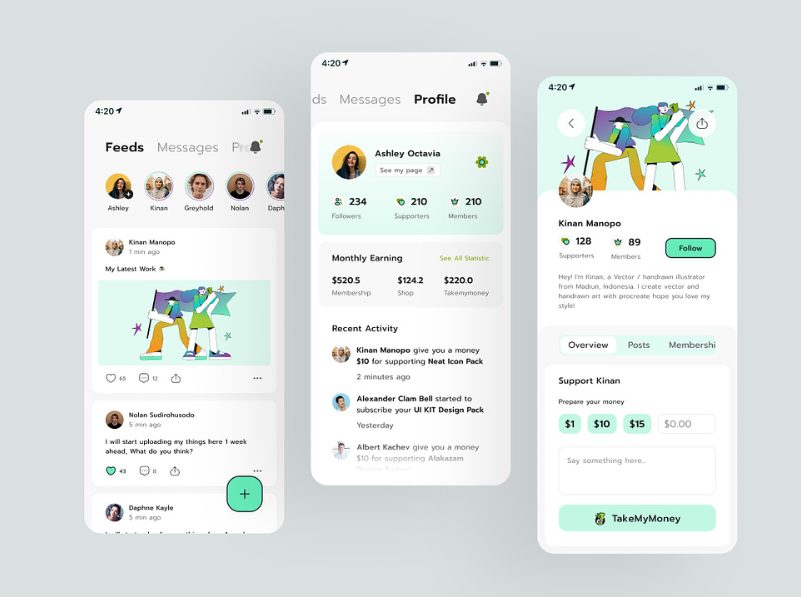
RN adaptability enables businesses to enter the market quickly, engage a larger audience, and offer a consistent user experience across many devices. For creating markets and apps for on-demand services, React Native is a popular option. React Native’s cross-platform capabilities enable businesses to quickly design and deploy iOS and Android apps for food delivery, cooperation, invoicing, or other platforms.
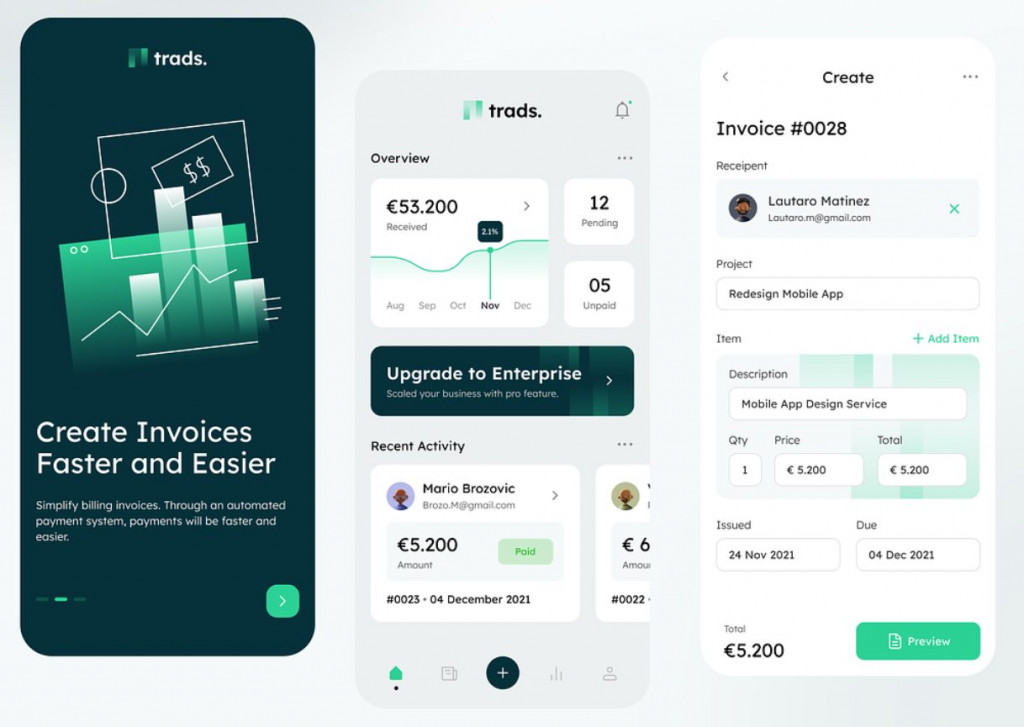
React Native is a useful technology for creating mobile apps that control and monitor Internet of Things (IoT) devices or smart home systems as the IoT continues to change the future. The ability of React Native to interface with embedded systems and work with a variety of IoT protocols provides seamless integration between mobile apps and other smart devices. This gives users the ability to control their activities via IoT-enabled gadgets from their smartphones conveniently.
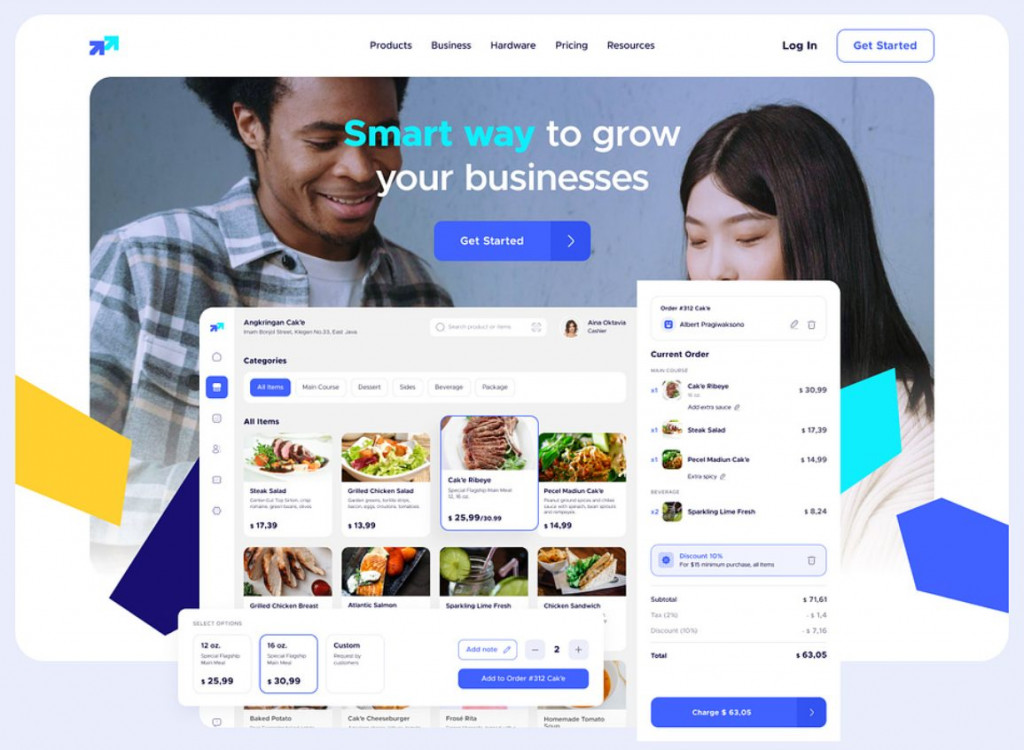
Due to the high cost of creating two separate apps, businesses do not need to choose which version to build and distribute first. They can do both. Additionally, maintenance and improvements are performed simultaneously on both apps when they are produced and deployed, saving money.
React Native is the best platform to turn your vision into reality if you have an innovative and creative idea for your next-generation company. Businesses may create two apps at the same time using React Native for less than half the price of creating just one.
Alternatives to React Native
The RN framework is often regarded as the default option for creating iOS and Android applications quickly and cheap. However, for their needs in developing and deploying mobile applications, many developers choose to apply alternatives to React Native based on each project peculiarities.
React Native, a cutting-edge cross-platform app development framework is also widely comparable to Flutter. Apart from Flutter, there are more framework alternatives to consider. Check out some of the top alternative frameworks you can utilize in the list below.
Flutter
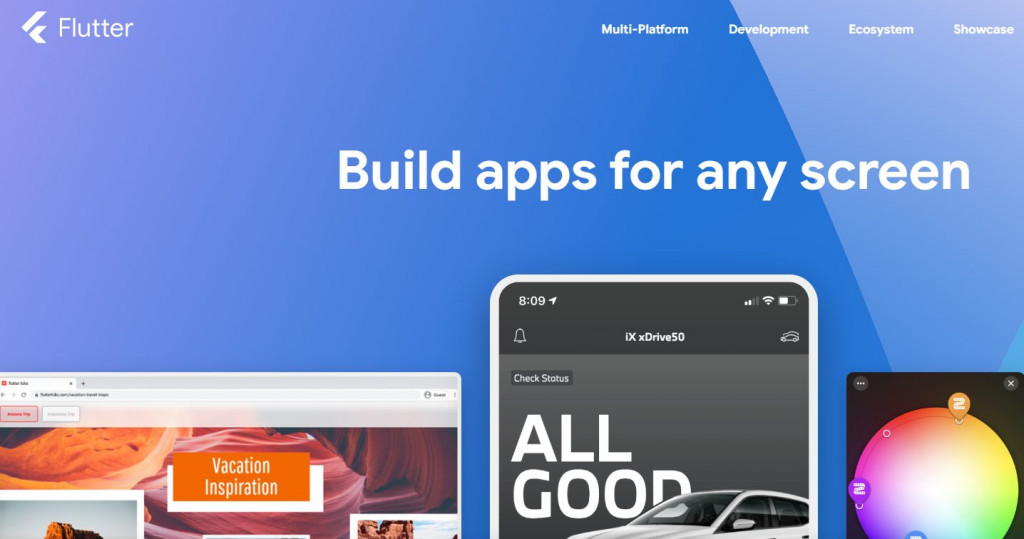
Developers can utilize the open-source user interface toolkit Flutter to create desktop, mobile, and online platforms using a common codebase. One piece of code can run on numerous hardware and software platforms. Read more about it here.
Flutter makes it easier to create Android, web, and iOS platforms by utilizing the Dart programming language. It also makes use of the hot reload technology to shorten development cycles.
With the help of the framework, developers may modify Flutter applications and immediately see the results in the user interface. Flutter’s app release versions leverage ahead-of-time (AOT) compilation on the iOS and Android platforms, enabling the best performance possible for mobile devices.
Flutter uses the open-source programming language Dart, which Google also develops. Dart is optimized for user interface design, and its benefits are shared with Flutter. Note that one of the disadvantages of Flutter follows from this: the final installation package is larger, since the Dart virtual machine is added to it. So there are Flutter files and there also are virtual machines that are added depending on what is being compiled – iOS or Android.
Xamarin
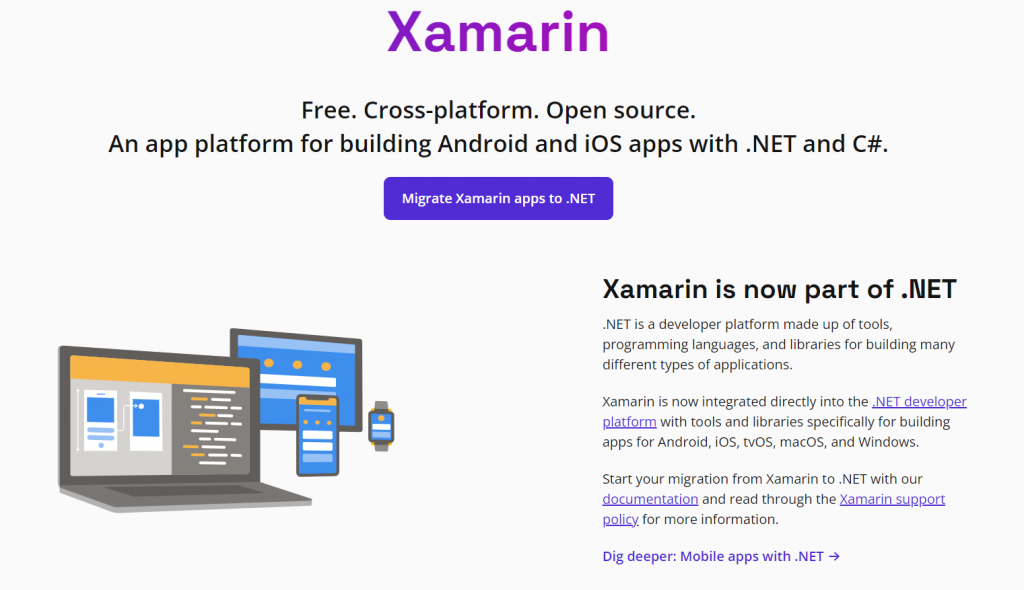
Because of the functionality it provides to developers, Xamarin is frequently mentioned while discussing alternatives to React Native. It is an open-source framework for building cutting-edge iOS, Android, and Windows apps. It utilizes.NET and functions as an abstraction layer for platform and shared code management.
Xamarin uses a number of features, including memory allocation and garbage collection, and operates in managed environments. For the purposes of testing, code sharing, and creating cross-platform C# apps, Xamarin is favored.
Using Xamarin, programmers can create hybrid apps with native user interfaces for their applications and share code across several operating systems, including Linux, macOS, and Windows. It is applied by a large user base globally and provides users with a shared C# codebase. The advantages of Xamarin make it a preferred framework.
Ionic
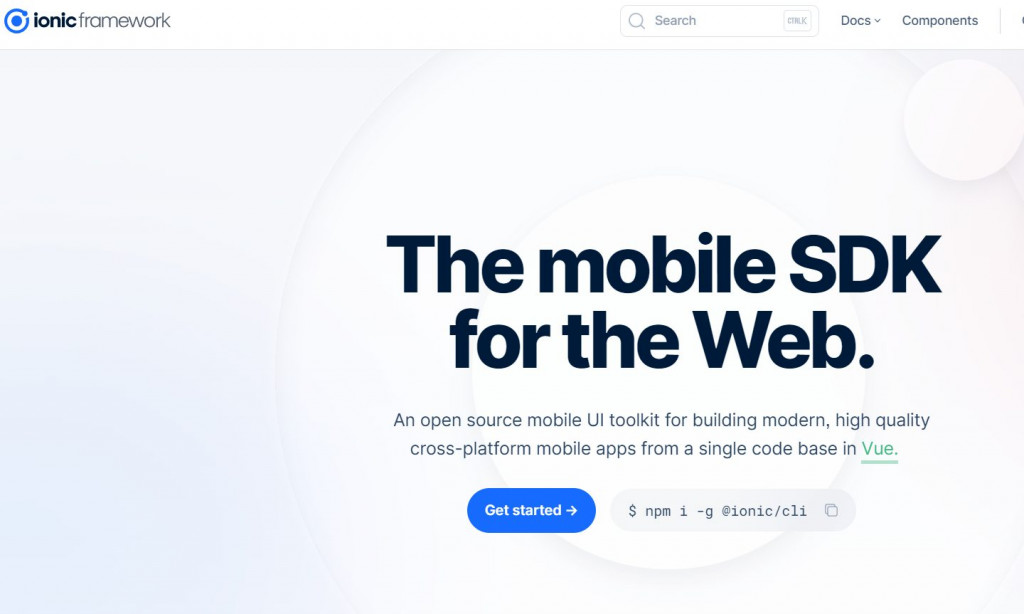
For the creation of hybrid mobile applications, Ionic is a well-liked software development kit (SDK). The most recent version allows users to select from a variety of interface networks, including React, Vue.js, and Angular, but it was originally built on Angular JS and Apache Cordova. The Ionic framework enables developers to use Ionic components without relying on a UI framework.
Summary
Also, here’s a short summary of the key technology alternatives with their similarities and differences for the project design and development:
| Feature | RN | Xamarin | Ionic | Flutter |
|---|---|---|---|---|
| Platform Support | iOS, Android | iOS, Android | iOS, Android | iOS, Android, Web, Desktop |
| Language | JavaScript | C# | JavaScript | Dart |
| UIComponent | Native | Native | Web | Custom |
| Performance | Good | Good | Average | Excellent |
| Development Speed | Fast | Fast | Fast | Very Fast |
| Community Support | Large | Large | Large | Growing |
| Testing | Good | Good | Good | Excellent |
| Code Sharing | High | High | Medium | High |
| IDE | Visual Studio | Visual Studio | Visual Studio Code, Visual Studio | Android Studio, IntelliJ IDEA |
| Cost | Free | Free + Paid | Free | Free |
Conclusion
React Native remains one of the top popular mobile app design technologies. Just like any other technology, it has some drawbacks alongside benefits. In light of the numerous benefits of using React Native, your thoughts should also be given to each of the alternative technologies mentioned. These frameworks are typically used to reduce the price and duration of the app development process. Remember that each technology has its own characteristics, and the choice should be made based on your specific task for the project. It is always worth discussing the project with an experienced development team, who will consider various approaches and suggest the best option. Contact a reputable software development expert to compare frameworks and select the best one for your project requirements.




![The Latest Voice in UX Design: Trends That Excites Modern Users The Most [2021–2022]](https://fireart.studio/wp-content/uploads/2020/09/f83993e0129b5f69fcc4c66fe64eac19-1.jpg)
